|
As you fly down the twisty mountain road your companions drift out behind you; turn by turn you swiftly course through successive corners and straightaways. You are in your element. Over the wheel, your trusty bag sits securely mounted on the rack, forging the way. You tuck in against the wind and your eye glances at the bold flash of color that adorns your bag and you smile. You know that stripe is the critical reason your friends are simply not able to keep up. Racing stripes have long adorned all manner of sports equipment, cars, boats, and clothing. Jauntily advertizing speed and good looks, a racing stripe no doubt adds a bit of fun to the spirit of competition, but is that all there is to the story? Is it possible that the racing stripe is doing more than adding a bit of style? Is it true that the rumored “stripe effect” is in fact a contributing factor in the quest for speed? The short answer we now know is yes, stripes make you go faster, but only in certain conditions, and surprisingly, the color of the stripe can add small but measurable advantages to this effect. We'd read stories and anecdotally heard chat among seasoned randonneurs that "stripes pave the way". Perhaps, but sometimes perception is not the same as reality. We needed testing to know for sure, so we recently spent time evaluating the effect racing stripes on a Waxwing bag have on the rider's descending speed. Rigorous testing now provides the data to show this is in fact a real phenomenon, most importantly when moving at speed on descents. What’s more, we were astounded to find that the color you choose can increase your speed even more. But let's go back to that mountain descent for a moment. Our research has shown that the brightly colored red stripe adorning your bag is actually creating the first instance of a low pressure space at the front of the bag which is magnified as the air flow passes the stripe, then the sides of the pocket, the body of the bag, and finally past the bike and rider. In essence, the stripe is initiating the Bernoulli's effect sooner than would happen on an identical bag with no stripe. The Bernoulli principle describes how sails move boats into the wind and wings lift airplanes into the sky. In essence, a sail, a wing, or, in our example, a racing stripe, creates a small low pressure zone when the movement of air is forced to move at two different speeds. In an attempt to equalize that pressure the sail, wing or stripe move in the direction of the oncoming air. In our situation, the recess at the edge of the sewn fabric stripe on the front of the bag creates a very small but important low-pressure area at the edge of the sewn stripe that begins a pulling effect as the air continues to move past the bag. The bag is pulled into the low pressure zone, just a boat moves into the wind. In the image of the soccer ball you see the pulling effect demonstrated; the stripe magnifies the effect just as the curvature of the ball forces air to move to each side. Image credit: https://www.physics.hku.hk/~phys0607/lectures/chap05.html  Having long heard that “racing stripes make you faster” we wanted to see if there was a way to test the idea. We visited the Vermont Ski Technology & Research Institute associated with the university, which is world-renowned for studying the air flow dynamics of skiers and their equipment. As in biking, wind resistance is the overarching factor limiting speed. Gravity is the engine that moves skiers; so to replicate the skier’s sliding movement the Institute employs a device known among the staff as the “infinite hill, which is a treadmill-like machine. It is housed in the variable density wind tunnel the institute has maintained since it was built in 1924. The "infinite hill" can be set at any angle to approximate the slope of a ski course and the ski surface is a synthetic polymer that provides an artificial “slide” in place of actual snow, allowing the test skier to “ski” in place. The wind tunnel can measure every facet of a skier’s performance and control for variables that would be impossible to measure on an actual ski slope. For our bag tests the polymer tread was replaced with a tactile rubber tread that provided a secure surface for the test bike’s descent. (Image: Variable Density Wind Tunnel shown in use in 1929--the same equipment is still in use today at the test facility we visited. Image courtesy of Vermont Ski Technology & Research Institute Archive/ NASA on the Commons) Over nearly 14 hours of exhaustive double-blind testing we established a baseline roll speed at a 30 degree pitch with a generic bag with no pockets, stripes or other protruding features (seen in photo below). Next we tested the roll speed of a standard Waxwing bag with front and rear pockets, but no racing stripe. The results quickly told us that simply the shape of the bag offered measurable advantages over the simple box shape, which was expected. The third segment tested an identical bag, but with a racing stripe. We saw statistically significant benefits immediately, even before we did a thorough statistical analysis to eliminate “noise” in the data as the day wore on and the test rider became more tired. Test bag used to establish baseline airflow dynamic performance. Note abscence of pockets, stripes, or other significant protruding features. Once our testing established with certainty the racing stripe offered meaningful gains in speed, we wanted to go one step further. Is it possible that the color of the stripe could make a difference in performance? We brought in three identical bags, one with a grey stripe as a test neutral, one with a white stripe and finally one with a red stripe. We found there was little difference between the performance of the grey and white striped bags, but soon noticed the red striped bag had marginal benefits over the other colors. We can’t be sure why this is but speculate that the red color excites molecules on the surface of the fabric faster than more muted colors, and thereby warming the air as it passes the fabric surface. We know that warmer air is less dense and thus easier to move through. The calculation of the drag force of air (FD=12CρAv2 F D = 1 2 C ρ A v 2) depends on the density of the fluid (air), so the warmth created by the red color seemingly “thins” the air mass as it passes the bag. Although we were able to demonstrate that the color of the stripe does indeed offer some advantage, our tests show that the gains are not so great that one would choose a color solely for this reason. The test data confirmed the color of the stripe offers marginal gains in speed. The “stripe effect” was most pronounced during descents; while still apparent on flat roads, the gains decreased in direct proportion to the grade of the riding surface. We found no measurable advantage while climbing. Left unanswered by our test were the question of multiple layered stripes. Could this amplify the “stripe effect”? Further, we wonder if the width of the stripe may affect the speed benefits. We cannot say but suspect diminishing results as the added weight offsets the initial gains. Hopefully others will build on this illuminating research going forward. In conclusion, we can say with confidence that a Waxwing Bag Co bag with a racing stripe will not only make you stand out amongst the crowd for your good taste and appreciation of top notch gear, but will offer a measurable speed advantage while cruising down those steep mountain roads. We are glad to have demonstrated categorically that the “stripe effect” is real, allowing riders to readily add style and speed benefits with a simple choice.
Stripes do in fact "pave the way" Footnotes:
19 Comments
Jack himmelsbach
4/1/2021 07:14:52 am
Love it! Would it make any difference if the stripe was horizontal?
Reply
David Cain
4/1/2021 06:00:23 pm
Right--and what about on an angle?!
Reply
4/1/2021 07:49:58 am
Holy smokes Dave, I can't believe that you've done such exhaustive research on this subject. Bravo!
Reply
Mark Guglielmana
4/1/2021 11:53:32 am
Jamie, I see a potential for a cooperative effort between Waxwing and Webb Institute.
Reply
David Cain
4/1/2021 05:19:37 pm
Anything to move the science and understanding forward! Anything.
Reply
Janet
4/1/2021 07:59:42 am
Stupendous research! Though adding fins to the bags might be more effective if you’re trying to make your bags move faster!
Reply
Dave Cain
4/2/2021 09:00:02 am
Yes, interesting avenue to pursue. Would the rider too have fins on their helmet? Perhaps a row of them down their back? Perhaps an elongated "tail" to facility the smooth flow of air past the rider? Much to explore.
Reply
Mark Guglielmana
4/1/2021 11:41:34 am
Intuitively I believed in this as scientific fact, now you have the research to prove it!
Reply
David Cain
4/2/2021 08:44:49 am
I look forward to receiving the bags---all will be updated with No Looking Back Orange, our newest color option, specially formulated to work in both high and low latitudinal conditions.
Reply
Geoff
4/1/2021 12:07:30 pm
I wish i could find the research for the 1967 cycloturisme journal from the "Société pour l'analyse de points" but I believe they found that dots on the bags inspire a sense of lightheartedness that upon reaching 22kmph get transferred to the rider and actually reduce the friction of the bike against the ground.
Reply
David Cain
4/1/2021 05:18:04 pm
Geoff,
Reply
4/1/2021 03:28:59 pm
Don't send this to Jan. He'll want to publish it. Does BQ count as peer review?
Reply
David Cain
4/1/2021 05:10:31 pm
Hey Jamie,
Reply
Unfortunately your conjecture invoking the Bernoulli effect is misguided and in error. The true cause is partial quantum entanglement between particles along the edge of the stripe with particles at the bottom of the gravity well. The edge of the stripe against the background field creates a rupture in the space/time continuum along the edge, freeing particles called speedons to seek entanglement with the bottomons at the base of the descent.
Reply
David Cain
4/2/2021 08:55:09 am
Hi Frank,
Reply
Steve Hansen
4/1/2021 10:28:51 pm
I suggest future research into the effect of a color coordinated vertical striped jersey, cap and helmet and possible facial hair or makeup to to further enhance the effect. This could not only make considerable improvements in performance but also revolutionize cycling style in truly unimaginable ways.
Reply
David Cain
4/2/2021 08:57:38 am
Steve,
Reply
rick
4/7/2023 01:55:39 pm
what is the fastest color (of the stripes) ?
Reply
Dave
4/10/2023 09:28:48 am
Studies have shown that red is by far the fastest stripe color. It perfectly balances the heating absorption/reflection equation that optimises molecular flow, ie "speed", in all conditions.
Reply
Leave a Reply. |
D. CainCyclist and craftsman. Archives
January 2022
Categories |
Copyright © 2023

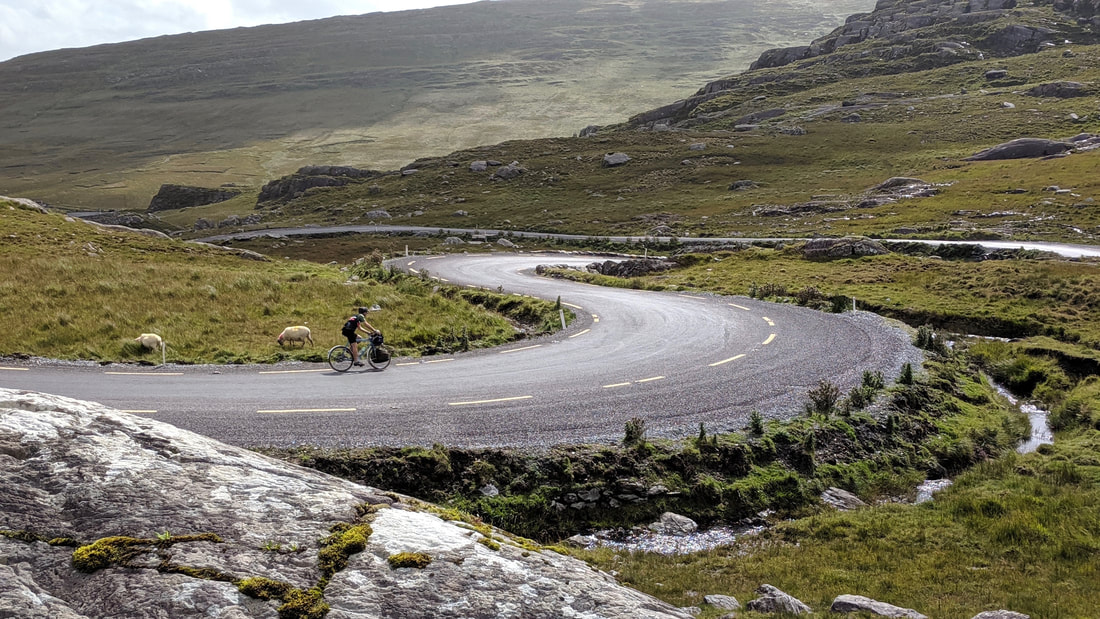
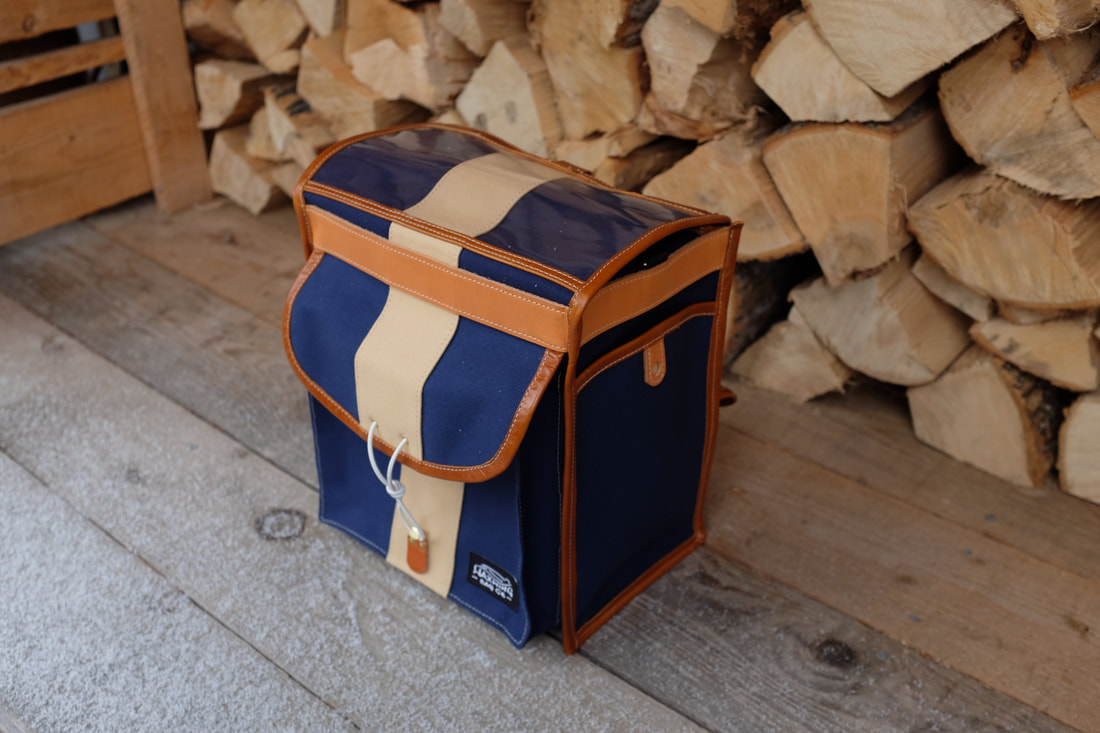

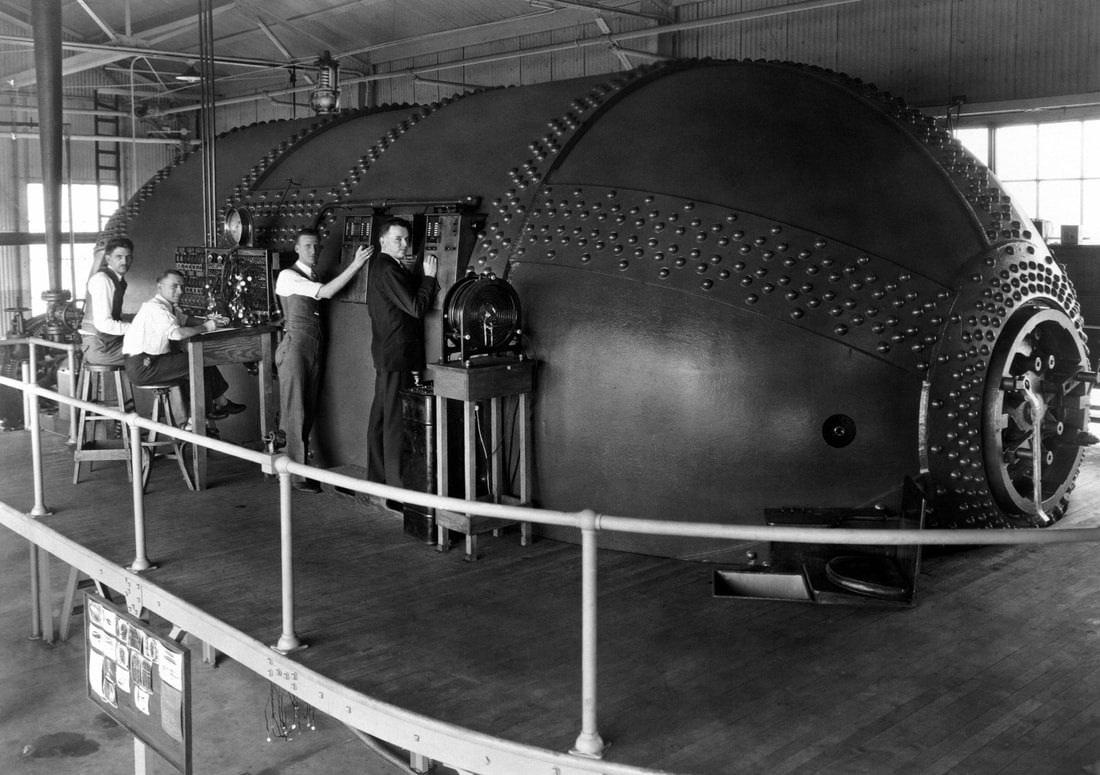
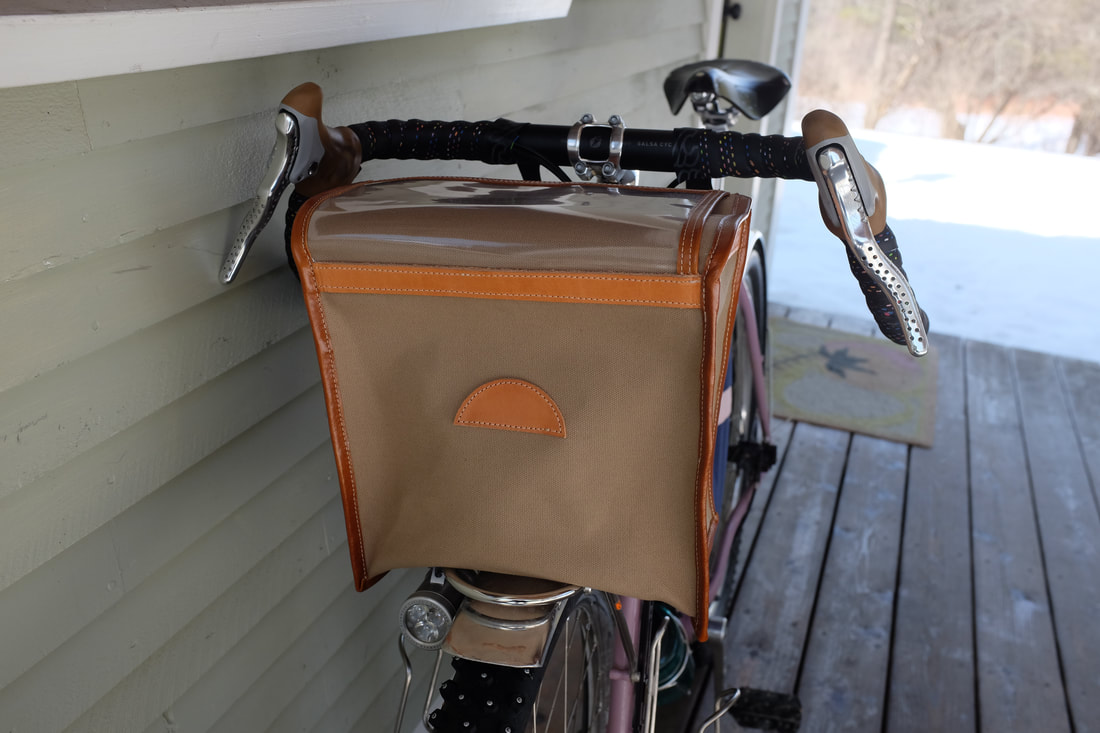


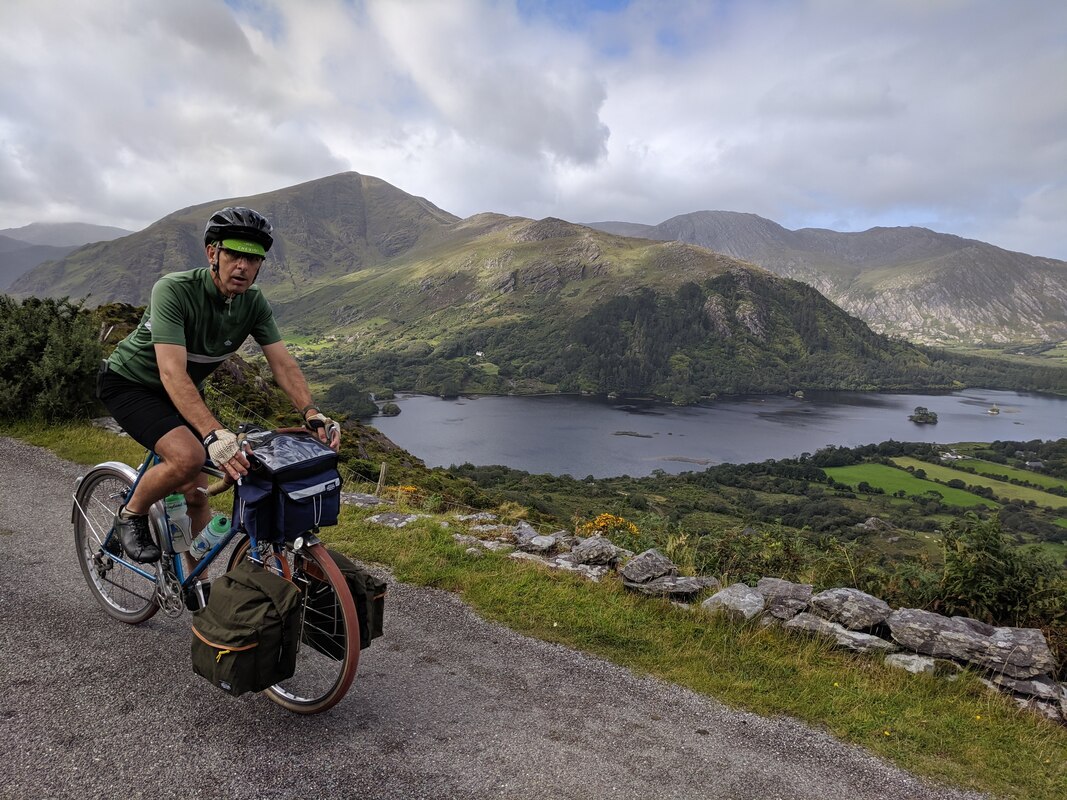
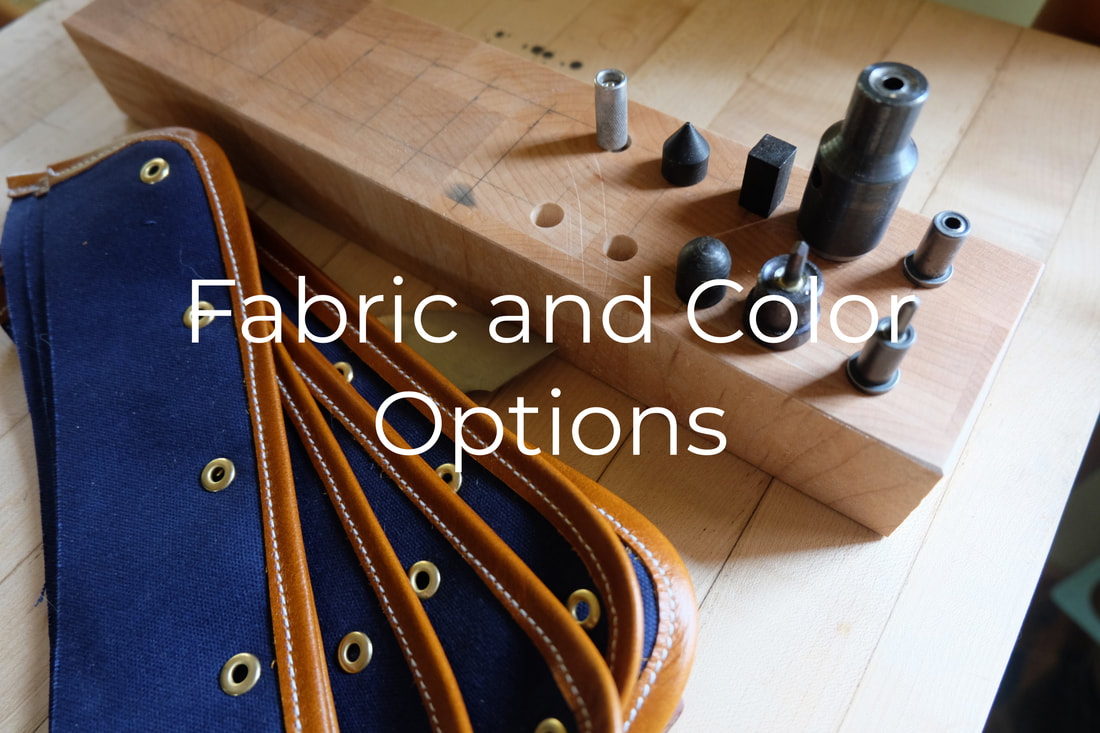
 RSS Feed
RSS Feed